Unique craft village
“The uniqueness is not only that among nearly 200 craft villages in the whole province, this is the only place that makes do paper. The uniqueness is also that the stages are completely done by hand, without the support of any machines,” Mr. Nguyen Van Ha (Phong Phu village, now hamlet 3, Nghi Phong commune, Vinh city) proudly said.
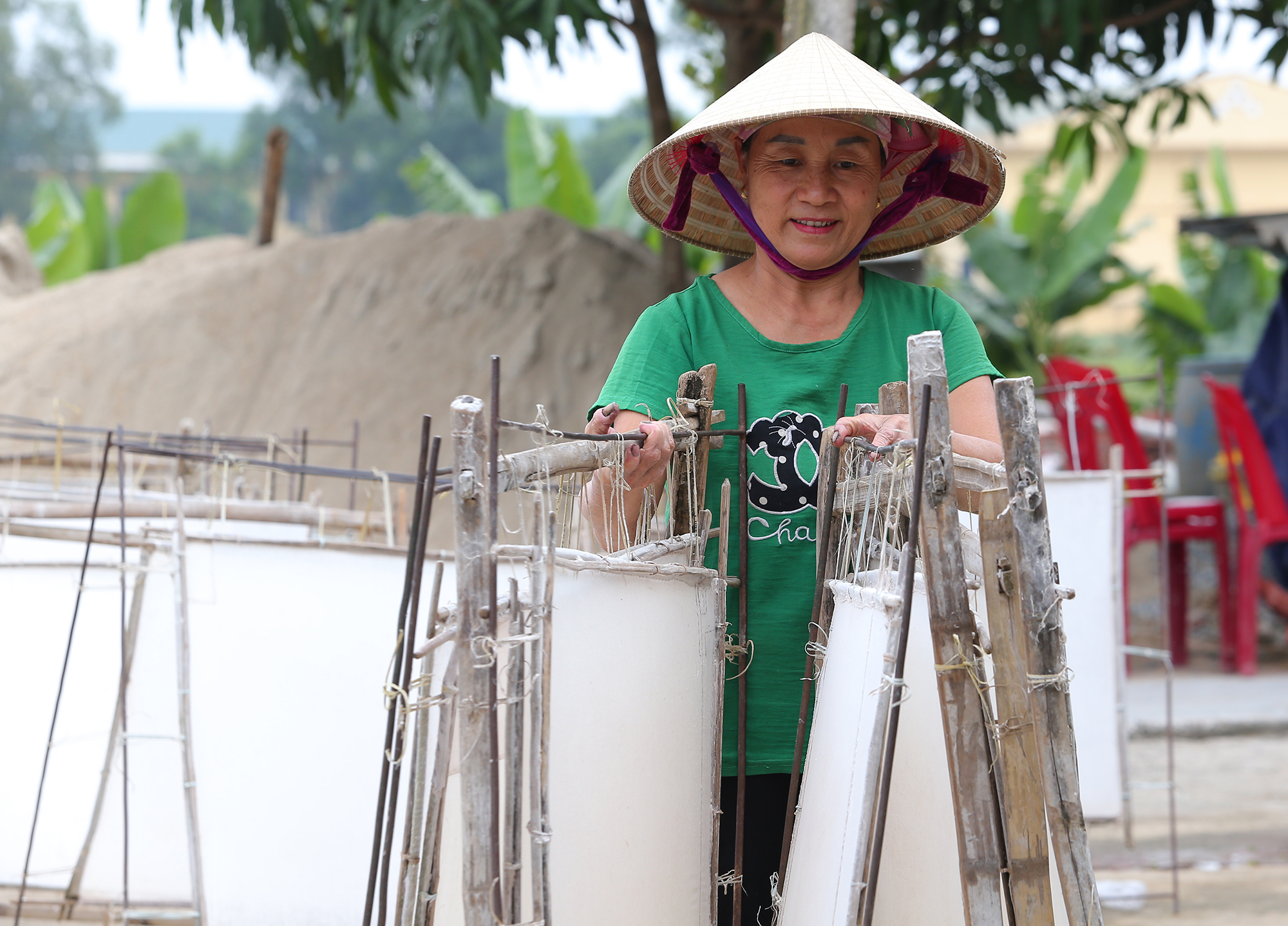
Ms. Vuong Thi Loan collects paper after more than 2 hours of sun drying.
Mr. Nguyen Van Ha (64 years old) and his wife Mrs. Vuong Thi Loan (58 years old) are one of the last few households that still maintain the profession left by their ancestors. Mr. Ha said: “When I was born, I heard the sound of pestles pounding dó and niệt bark (raw materials for making paper). When I grew up, I asked my parents when the village’s dó paper making profession began, but they shook their heads and said, it was already there in the time of my great-grandfather and great-grandfather.”
According to Mr. Ha, the main raw materials for making paper in the past were dó and niệt trees. However, dó trees have gradually disappeared. Villagers have to go deep into the forests in mountainous districts such as Quy Hop, Quy Chau, Que Phong, Tuong Duong, etc. to find them, but the quantity is not much. Therefore, people rarely use this raw material to make paper.
Meanwhile, the niết tree grows abundantly on the sandy beaches of Nghi Loc, Cua Lo, Cua Hoi (Nghe An). People just need to go out and cut the branches to make paper. Nowadays, with the development of urban areas, the niết tree in Nghe An no longer exists, so villagers go to the sandy beaches of Thach Ha, Cam Xuyen (Ha Tinh) to find and bring back.
Machine can not make paper
The process and steps to make a sheet of Do paper are also very elaborate and meticulous. After bringing home the Niet tree branches will be peeled off, taking only the bark. Then, the craftsman will use a knife to scrape off the black layer on the outside of the bark and then peel it off until it is as thin as a sheet of paper.

Do paper products in Nghi Phong can be used to wrap grilled fish, make fans, calligraphy paper, lanterns, etc.
The bark is then stuffed with lime water (lime that has been fried) and put into a pot to cook continuously for more than 1 day to soften the tough bark. After that, the bark is taken out and soaked in water to remove the lime layer, then put on a stone cutting board and pounded with a pestle.
Next, the worker takes the plant residue, mixes it with cold water, and then mixes it with the sticky juice extracted from the morning glory plant. Finally, the mixture is spread on a paper frame and left to dry. It takes about 2 hours on sunny days, and longer on cloudy days.
“The special feature of making do paper is that the process is completely manual, without the support of any machinery. We also tried using a grinder instead of a pestle. However, after putting it on the mold to dry, it did not become paper. Therefore, to make a sheet of do paper, the craftsman almost never takes a break during the day,” said Mr. Ha.
Worried about not being able to keep the job
When asked about the future of the village’s profession, Mr. Nguyen Van Ha’s voice dropped and he became sad. He said: “For our generation, the profession of making do paper is often called a famine relief profession. At that time, the economy was difficult and people’s lives were lacking in many ways.
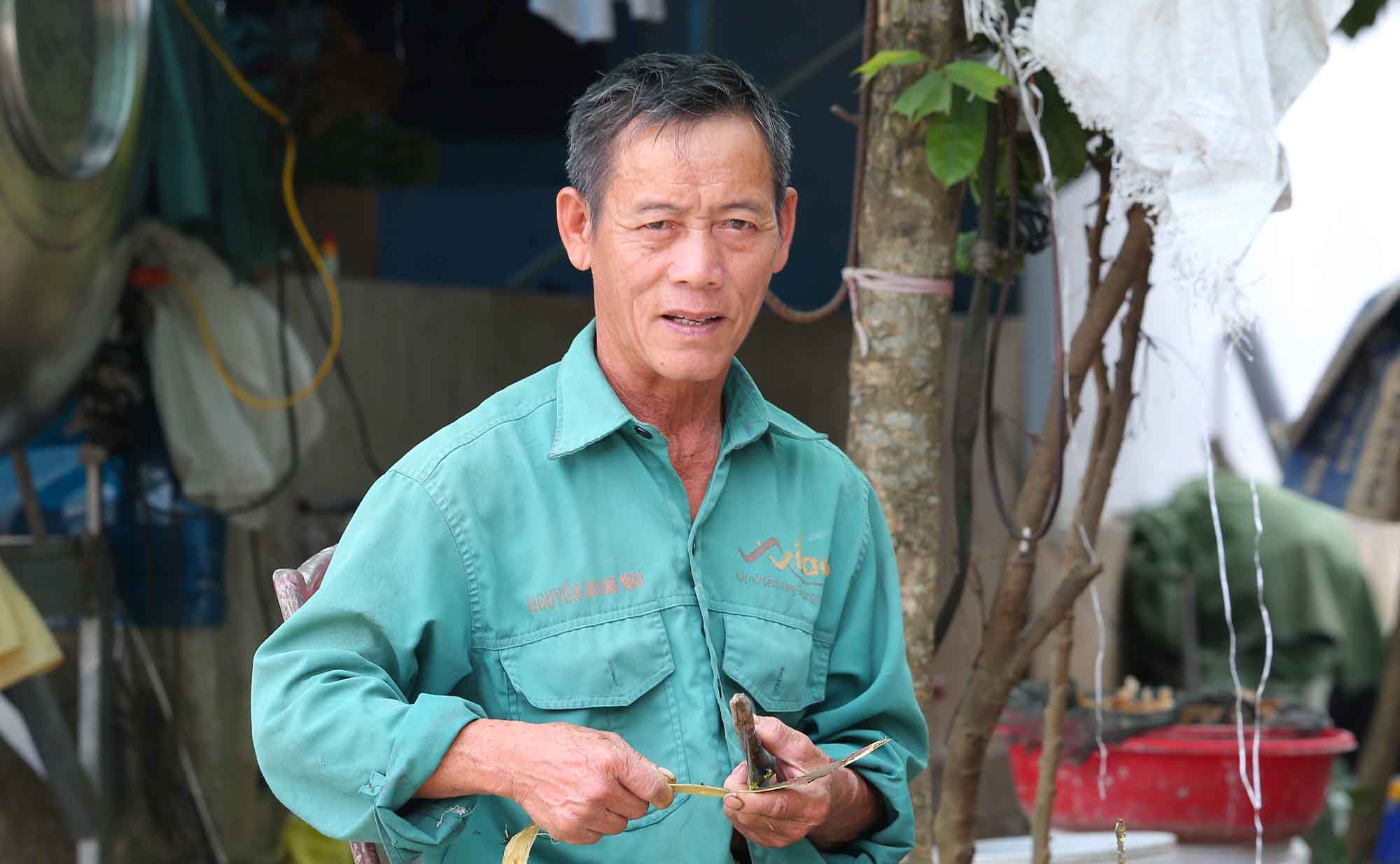
Mr. Nguyen Van Ha scrapes the bark of the nettle tree to make do paper.
However, just take advantage of the opportunity, cut branches, peel bark in the morning, tomorrow you will have money to buy rice. Like my family, raising 4 children to adulthood, growing up, and studying is partly thanks to the do paper profession.
The profession saved me, but now I can't support it, so I'm sad and worried. The whole village used to have more than 100 households doing this job, now there are only 4 households left. The people doing this job are also old people, unable to do any other work. The younger generation seems to not know about it."
According to Mr. Ha, there are many industries that use do paper as raw material, such as wrapping grilled fish, making fans, calligraphy paper, lanterns, etc. However, along with the decreasing raw material (niet tree), low income is the reason why people are not interested in their ancestors' craft.
“I sat down and calculated that if both husband and wife worked hard, they would only earn about 150,000 VND on average – not even half a day’s wages for a construction worker. Some people in the village went to find sources to buy paper, then came back to buy the products for the villagers, but because there was no profit, after a while, they had to quit,” Mr. Ha shared.
Hearing her husband say that, Mrs. Vuong Thi Loan sighed, those who have the strength go to work as construction workers, bricklayers. As for the young people, those who go to school will follow their major, their profession, those who don't go abroad to work, earning tens of millions a month.
“My family has four children but none of them follow the profession. The only daughter who knows how to do it lives far away. The three remaining families in the village who do the profession are all old. Perhaps, when our generation is gone, we will also take the profession to the other world…”, Ms. Loan said.
According to Ms. Loan, in order to prevent the precious profession of their ancestors from being lost, those who still practice the profession are willing to share it with anyone, and do not have the mindset of keeping it for themselves. Previously, there was a person from Dien Chau who came to learn the profession, and she and her husband happily passed it on.
“We have participated in sharing experiences organized by Nghe An Museum and some private organizations. There were even Koreans who came to our house to learn the craft, bought frames and brought the paper back to their country. They also asked us to experiment with many different designs of Do paper, which were very beautiful,” Ms. Loan said.
Mr. Nguyen Cong Anh, Chairman of Nghi Phong Commune People's Committee, said that making do paper is a long-standing traditional craft in the locality but is fading away. From more than 100 households practicing the craft, now there are only four households left.
The reason is that after the re-planning of Vinh City, Nghi Phong became the core area, land prices and the speed of industry change were rapid. The area for the old dó trees to grow is no longer there, and the niệt trees are also gradually disappearing.
“The local government is also very concerned about the profession of our ancestors, but because the raw materials are no longer available, it is very difficult to develop. We can only encourage those who are still practicing the profession to try to stick with it and continuously pass it on to the younger generation…”, Mr. Anh said.
Source: https://www.baogiaothong.vn/mai-mot-lang-nghe-giay-do-doc-nhat-xu-nghe-19224122622183319.htm


![[Photo] Reception to welcome General Secretary and President of China Xi Jinping](https://vstatic.vietnam.vn/vietnam/resource/IMAGE/2025/4/15/ef636fe84ae24df48dcc734ac3692867)
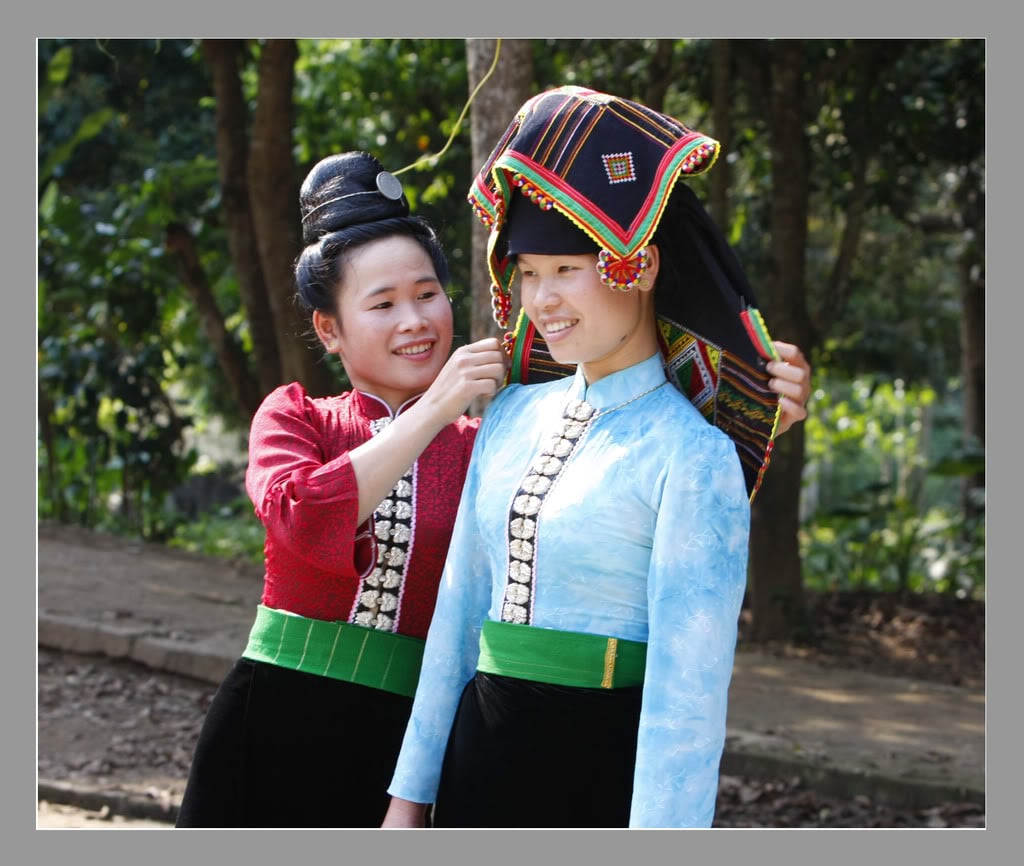

![[Photo] National Assembly Chairman Tran Thanh Man meets with General Secretary and President of China Xi Jinping](https://vstatic.vietnam.vn/vietnam/resource/IMAGE/2025/4/14/4e8fab54da744230b54598eff0070485)
![[Photo] Tan Son Nhat Terminal T3 - key project completed ahead of schedule](https://vstatic.vietnam.vn/vietnam/resource/IMAGE/2025/4/15/85f0ae82199548e5a30d478733f4d783)





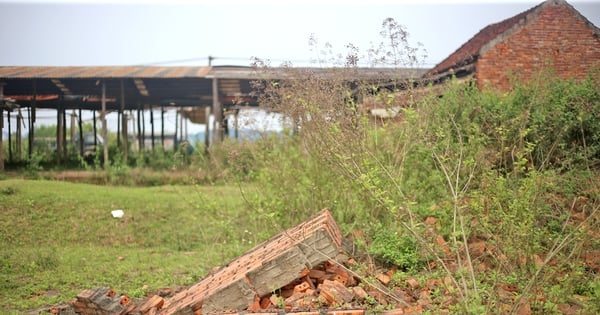



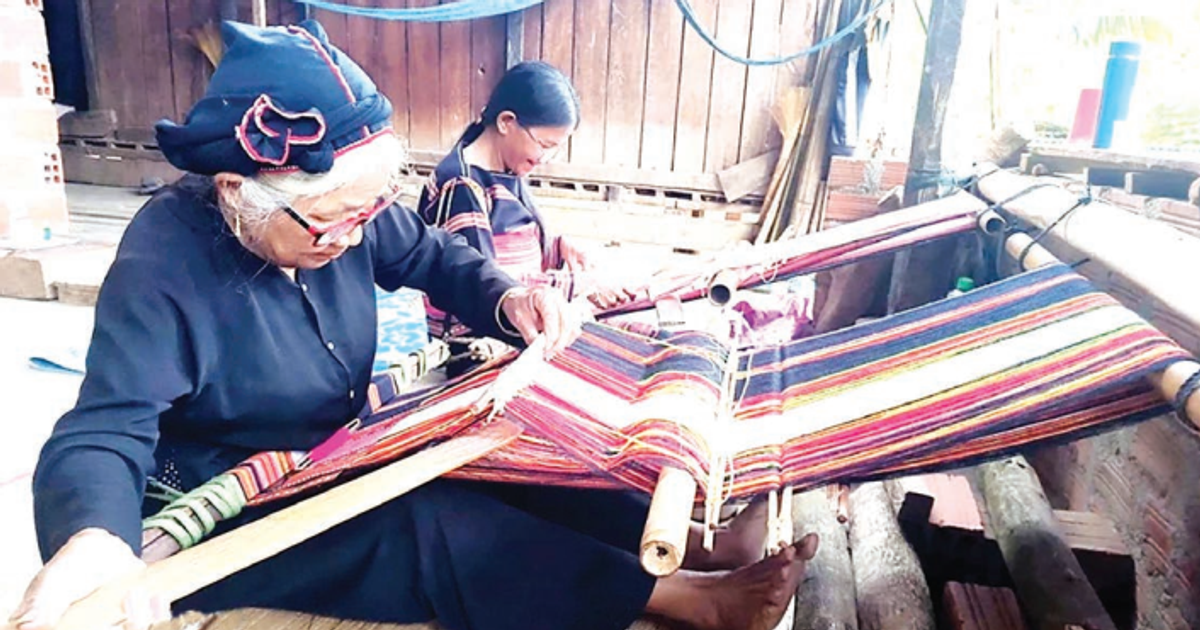



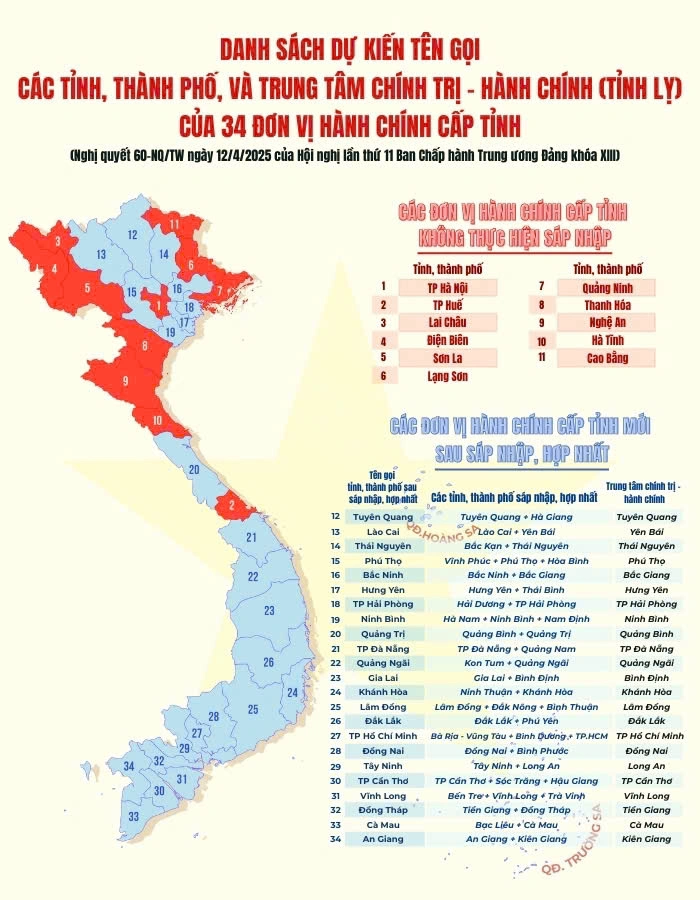












![[Photo] Prime Minister Pham Minh Chinh meets with General Secretary and President of China Xi Jinping](https://vstatic.vietnam.vn/vietnam/resource/IMAGE/2025/4/14/893f1141468a49e29fb42607a670b174)


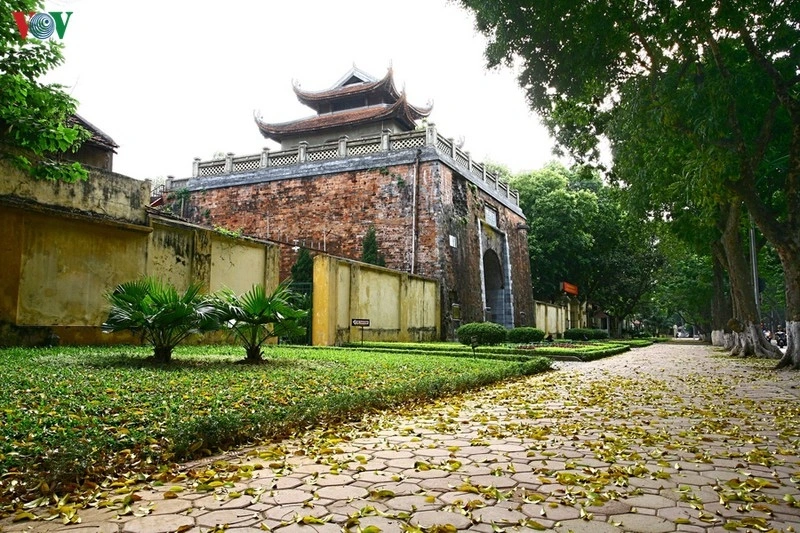


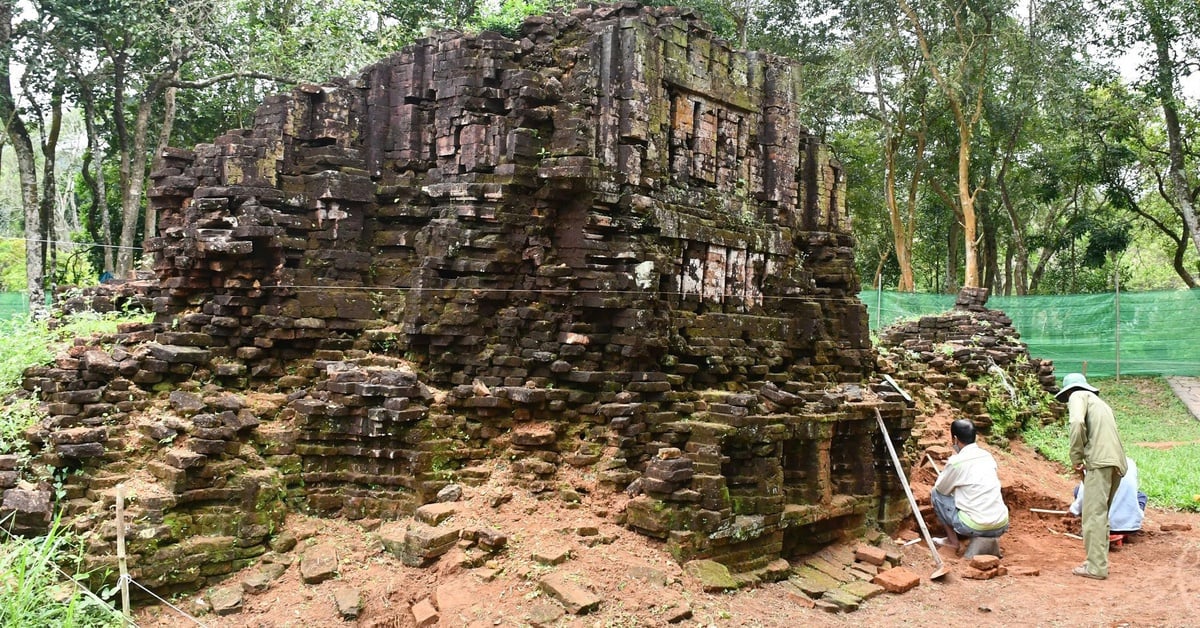
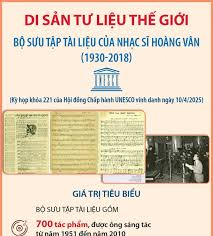















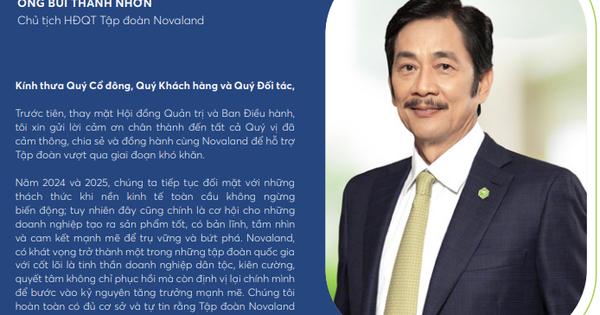













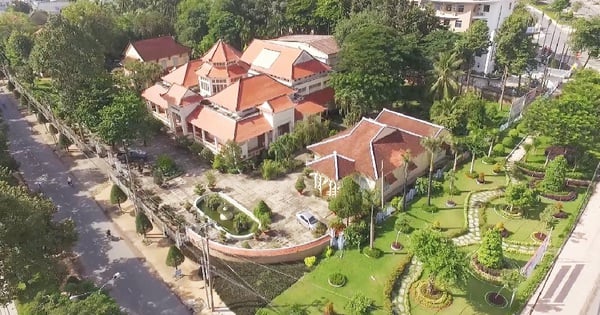







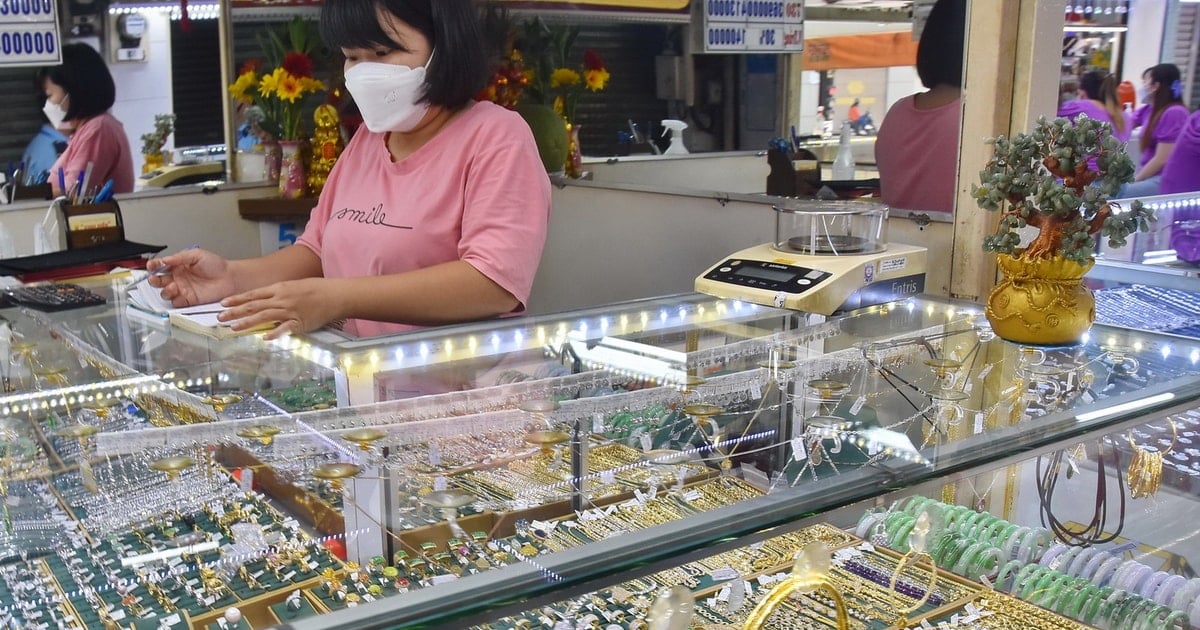




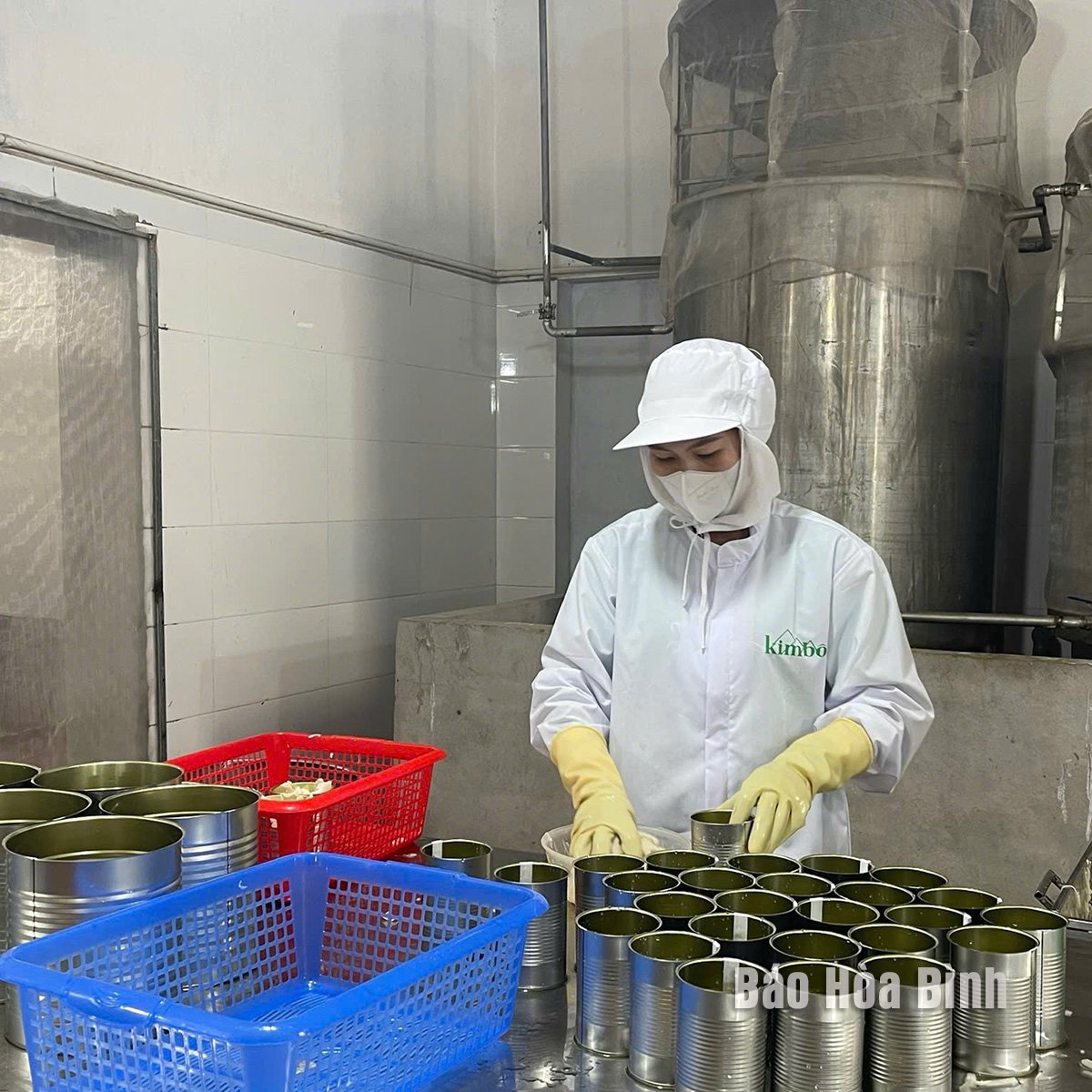









Comment (0)